Driven to Crime: True Stories of Wrongdoing in Motor Racing
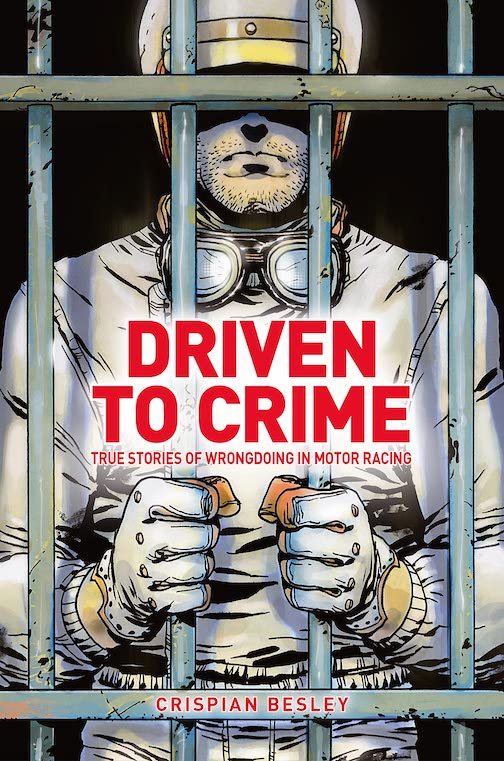 by Crispian Besley
by Crispian Besley
“The JLP Racing transporter was entirely black, which matched the temperament of a constantly angry man who rarely smiled and regularly created trouble in race paddocks.”
—John Paul Sr, the charmless crook who once “hit an errant driver so hard he broke his own arm?”
Weight Watchers don’t approve but there are few better starts to the day than getting outside a Full English Breakfast. It has almost everything—bacon, sausage, beans, mushrooms, eggs, black pudding, fried bread and, likely as not, hash browns too. Driven to Crime is a Full English in book form, with every possible ingredient, enough to sate the appetite of even the greediest motorsport gourmand. It’s Breaking Bad and Ozark made flesh—there’s fraud, a side order of embezzlement, generous servings of drug smuggling and/or tax evasion, all generously seasoned with extortion, assault, kidnapping, rape, and murder. So you might understand that I had misgivings about this book, fearing it would be tacky and sensationalist, and the dreadful cover illustration (a cartoon of a race driver behind bars) made me fear the worst. In fact, this meticulously researched book was a wonderful read . . . just don’t judge it by its cover, ok?
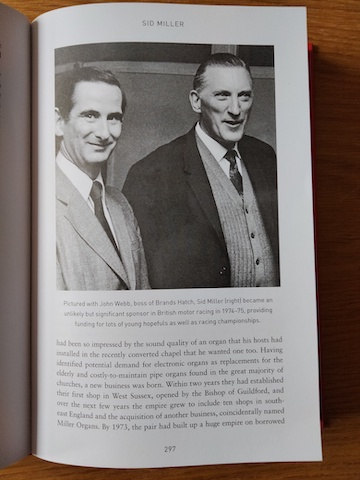
The dodgy looking guy on the right is Sid Miller, the lay preacher Southern Organs crook.
The toxic combination of money and glamor has meant that motorsport and criminality have always been bedfellows driven by mutual attraction, sometimes a fatal one. Crispian Besley’s long book (nearly 500 pages) is divided into 66 chapters, literally spanning from A (for Akira Akagi of Leyton House notoriety) to Z (for Charles Zwolsman Sr., a Dutch racer with a drug smuggling side hustle). Many names are familiar—few F1 fans will be unaware of the spectacularly ghastly Onyx team sponsor Jean-Pierre van Rossem—but the likes of serial killer and sometime IMSA driver Christopher Walker (“a monster with violent and psychotic tendencies”) were new to me. But this book isn’t just about perpetrators of crime, but victims too, also those who may not have been convicted of any crime but reputedly were involved with it. Most notably Colin Chapman, whose formidable legacy of innovation is tarnished by his business venture with one John Zachary DeLorean.
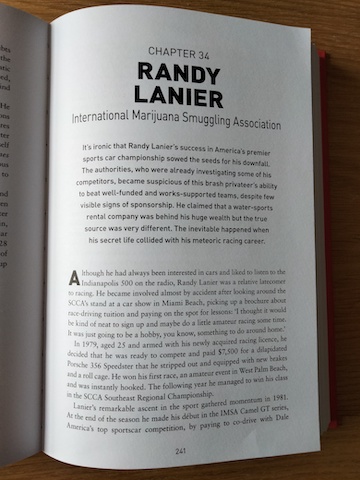 The author is the ideal person to write a book on the subject —no, he isn’t a crook—because he is not only a successful race driver in Historics (Formula Junior especially, also F1 and F2) but he has also enjoyed a successful career in finance in the City of London. His grasp of financial minutiae must have been useful as some of the scams, rip-offs, tax-evading rackets, dodgy hustles, and Ponzi schemes are of Byzantine complexity to financially naive readers. Such as the reviewer.
The author is the ideal person to write a book on the subject —no, he isn’t a crook—because he is not only a successful race driver in Historics (Formula Junior especially, also F1 and F2) but he has also enjoyed a successful career in finance in the City of London. His grasp of financial minutiae must have been useful as some of the scams, rip-offs, tax-evading rackets, dodgy hustles, and Ponzi schemes are of Byzantine complexity to financially naive readers. Such as the reviewer.
Criminality can manifest itself in so many different ways that the reader will find him- or herself going through a gamut of emotions according to subject. There was horror and outrage as I read about the fate of David Blakely and Mickey Thompson—the former was shot by Ruth Ellis, the last woman to be hanged for murder in England. Reading of her lifetime of abuse, it was hard not to feel that it should not have been her in the dock, but the English class system. As for poor Thompson, the tale of this likable and decent man’s murder, and that of his wife, was horrifying. As Besley puts it, Thompson’s legacy included “possibly more speed and endurance records than anyone else in automotive history.”
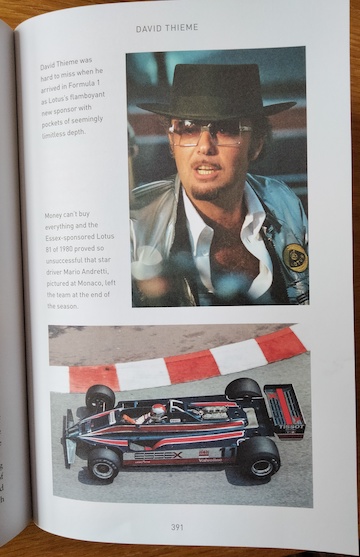 There is no shortage of Schadenfreude, for who wouldn’t enjoy a sanctimonious tingle at the fate of serial drug smugglers like the British Touring Car team boss Vic Lee and Randy Lanier of IMSA fame (International Marijuana Smuggling Operation). Lanier was the man who was so awash with cash that his sinks were platinum and his hot tubs filled with Dom Perignon champagne. Classy, huh? I loved Lanier’s words as he saw the live TV news report of the DEA and FBI closing in on him: “I paid for my bagel, packed my shit and got the f*** out of town.” I could almost hear Brad Pitt uttering those tough guy words in a Lanier biopic. Walter Mitty characters abound too, including the ridiculous James Munroe, the dull “accountant and fantasist” who embezzled his way into racing (if somewhat slowly) a McLaren F1 GTR in 1999. Or dodgy Lotus sponsor David Thieme (left) of Essex Petroleum or, again, mystery NASCAR driver and “still-unidentified swindler” LW Wright, who “was able to talk faster than he drove.”
There is no shortage of Schadenfreude, for who wouldn’t enjoy a sanctimonious tingle at the fate of serial drug smugglers like the British Touring Car team boss Vic Lee and Randy Lanier of IMSA fame (International Marijuana Smuggling Operation). Lanier was the man who was so awash with cash that his sinks were platinum and his hot tubs filled with Dom Perignon champagne. Classy, huh? I loved Lanier’s words as he saw the live TV news report of the DEA and FBI closing in on him: “I paid for my bagel, packed my shit and got the f*** out of town.” I could almost hear Brad Pitt uttering those tough guy words in a Lanier biopic. Walter Mitty characters abound too, including the ridiculous James Munroe, the dull “accountant and fantasist” who embezzled his way into racing (if somewhat slowly) a McLaren F1 GTR in 1999. Or dodgy Lotus sponsor David Thieme (left) of Essex Petroleum or, again, mystery NASCAR driver and “still-unidentified swindler” LW Wright, who “was able to talk faster than he drove.”
But in the ranks of chancers and con artists, despite strong competition from rogues like F1’s “Prince” Malik Ado Ibrahim and “Fake Sheikh” Sulaiman Al-Kehaimi, nothing can eclipse the delightful absurdity of the Southern Organs saga. In mid-1970s Britain, Southern Organs seemed to have a finger in every motor racing pie, from club level sedans to Dave Morgan’s Surtees TS 16 F1 car. The firm had appeared as if from nowhere, but none of the beneficiaries of its largesse was keen to submit this suspiciously generous gift horse to dental inspection. The two lay preacher crooks behind the firm were scamming finance companies, to the extent that each organ sale, usually to an unsuspecting church, might be financed by up to eight firms. But, as Shakespeare had put it in The Merchant of Venice, “truth will out.” And so it did, prompting Sid Miller and his accomplice to fake their suicides before “escaping to live . . . in a roofless bothy on a remote and uninhabited Scottish island for 262 days before ending up in jail.” Oh my, how I still miss the louche and lairy Seventies.
Crispian Besley writes with a fluid assurance that makes this classy-feeling book a pleasure to read, and his choice of subjects is diverse, even though I would love to know who the author decided not to include, and why. I confess that I did raise a disapproving eyebrow at the choice of Kankamol Albon, included solely on the grounds of her being the mother of Alex, the (entirely blameless) Williams Formula One driver. And I was disappointed that my childhood hero, Tony Dean, the only Yorkshireman to win a Can-Am race, was not included. We had always wondered how a second-hand car dealer could have afforded race cars like his Porsche 908, and we only found out when the magnitude of his cigar smuggling was rumbled by Her Majesty’s Customs and Excise. But these are minor cavils, because this book is a hugely enjoyable read and it richly deserves its place in the library of every motorsport buff.
About very much more than the usual suspects, this book has mined a rich seam, an embarrassment of ill-gotten riches and gains. Perhaps the subject is worthy of further exploration in a second edition? I am sure the future will reveal the turning over of plenty more stones, enabling us to see precisely what unpleasantness had been lying beneath . . .
Copyright John Aston, 2023 (speedreaders.info)


 RSS Feed - Comments
RSS Feed - Comments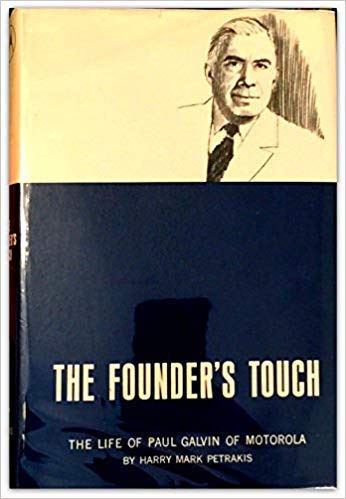
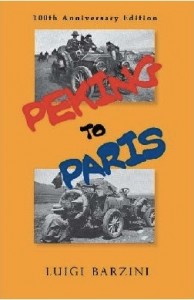
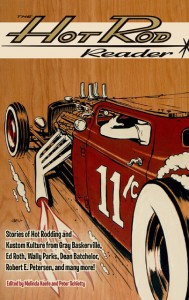
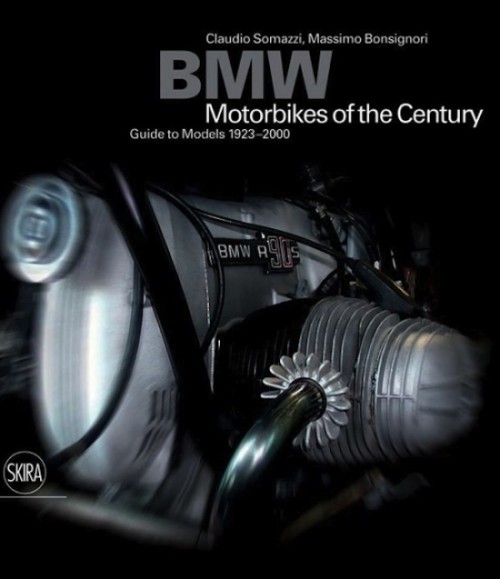
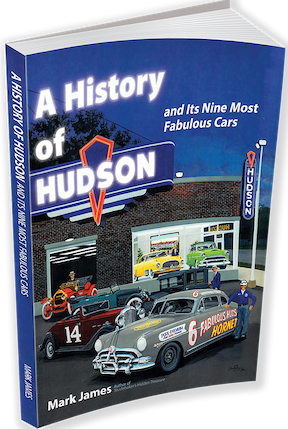
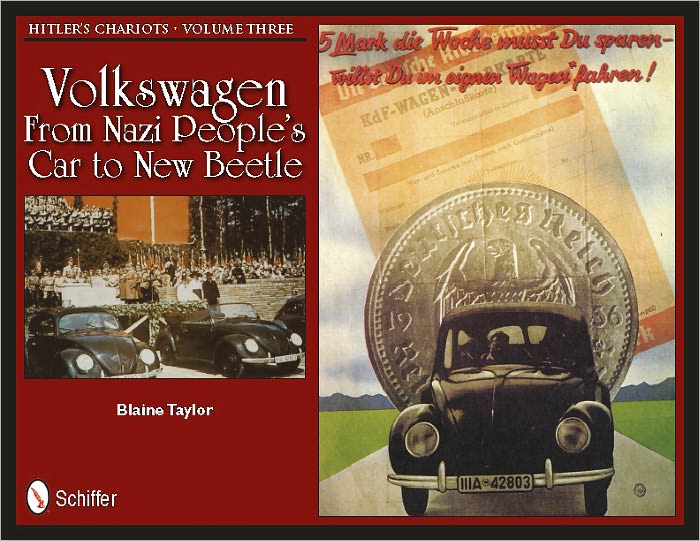
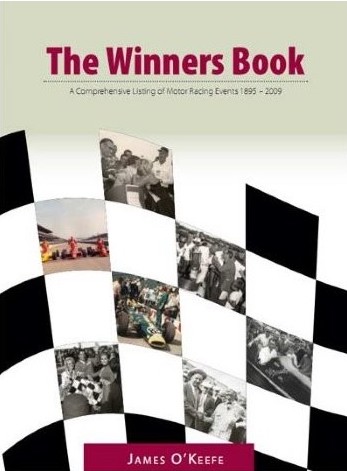
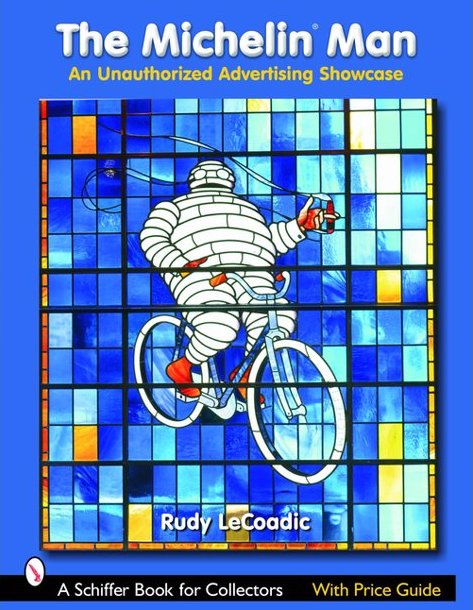
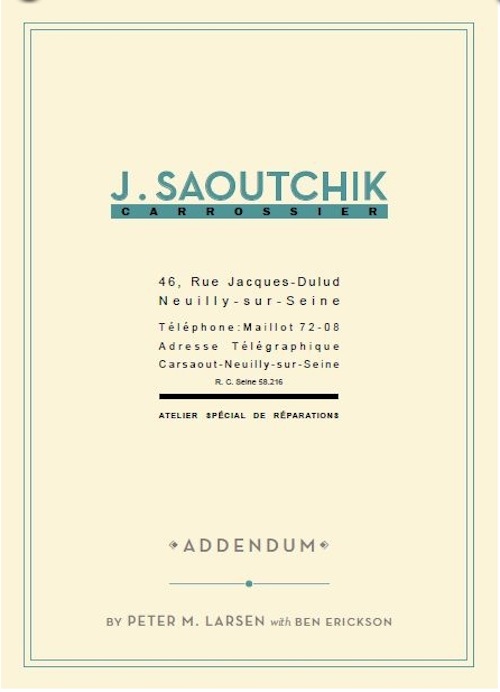

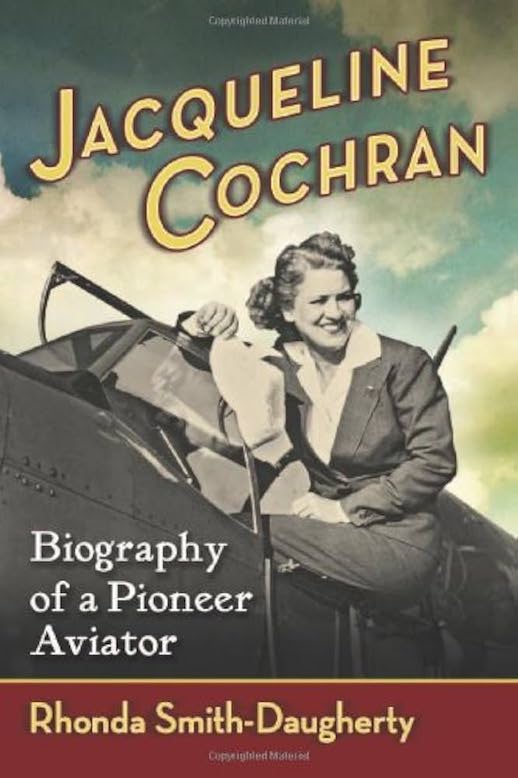
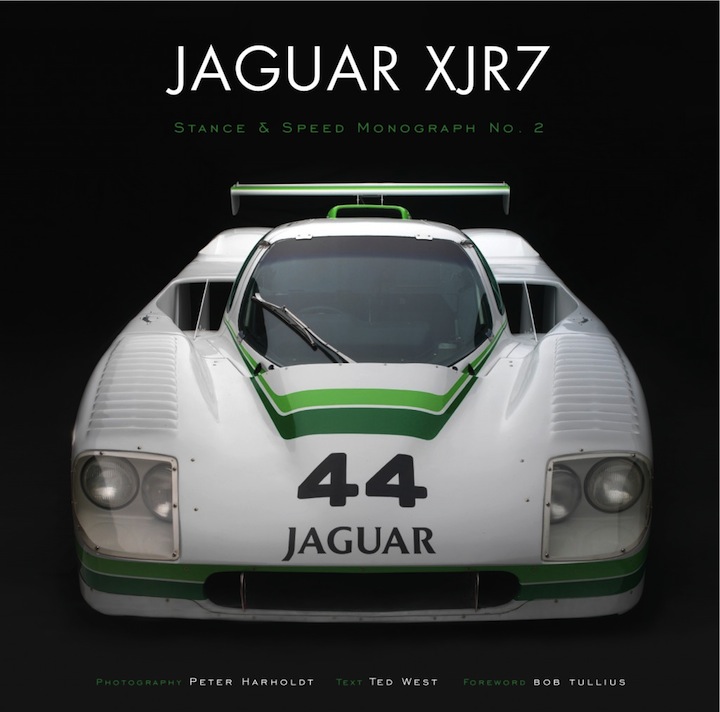
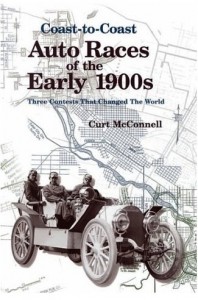

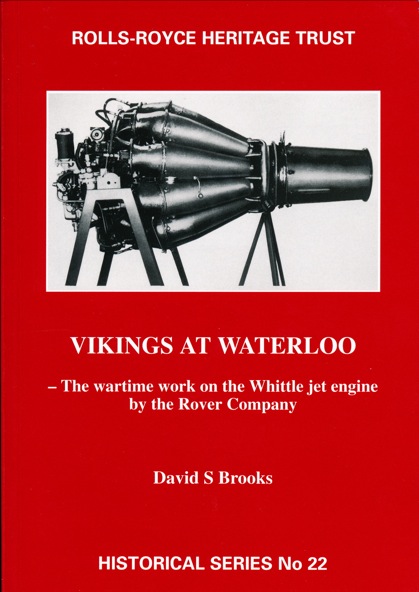

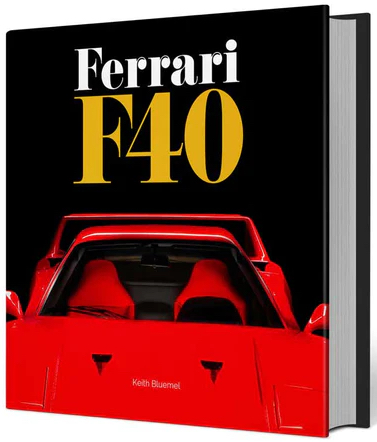
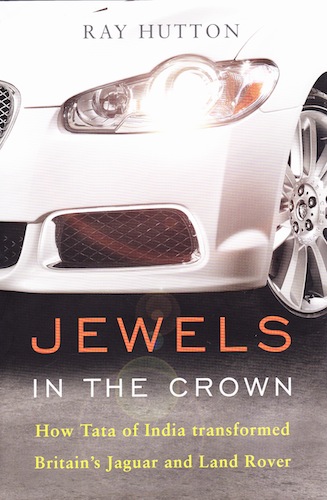
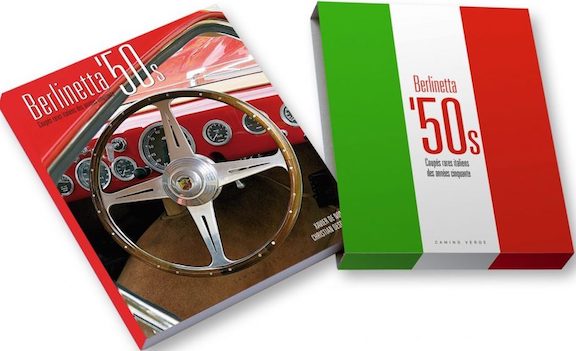
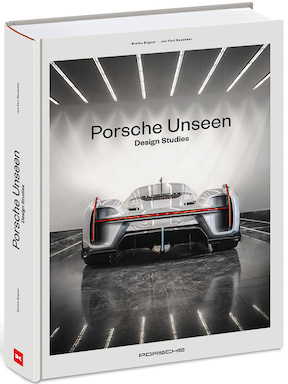
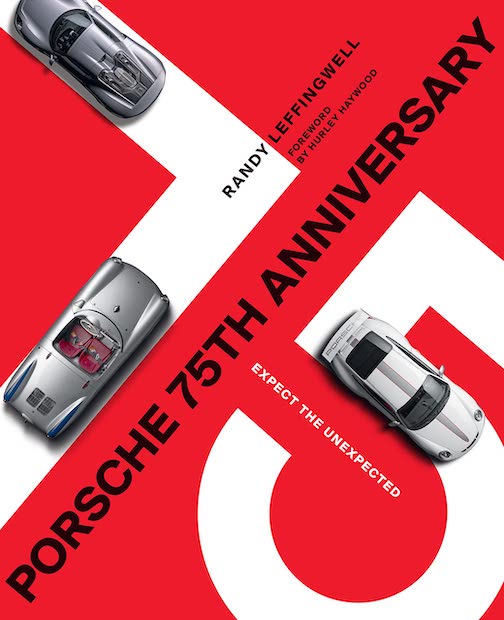
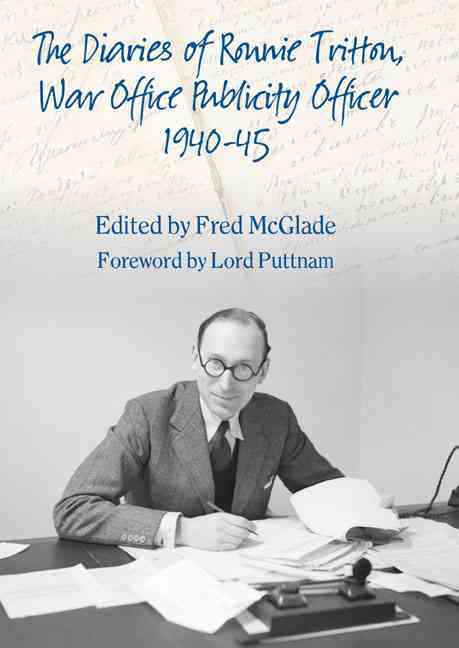

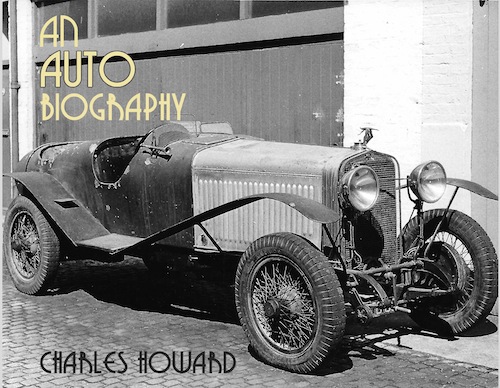



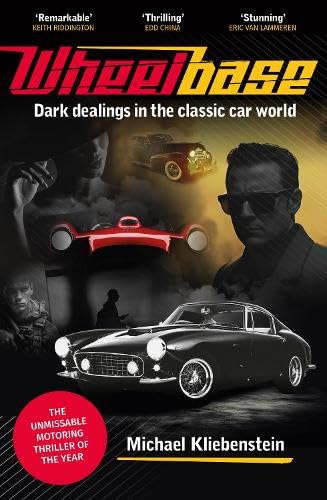
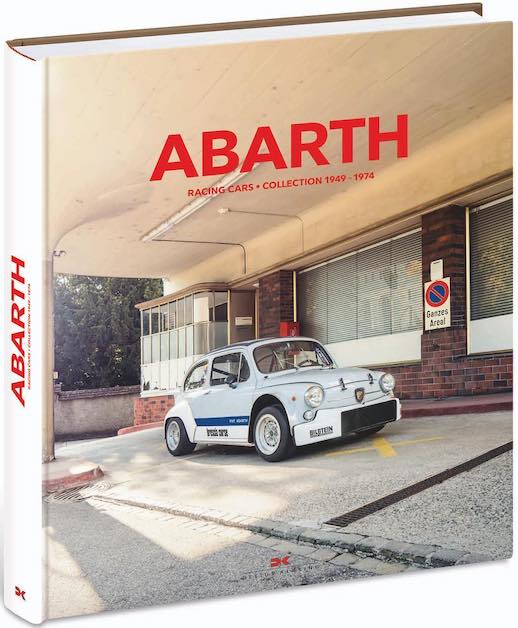
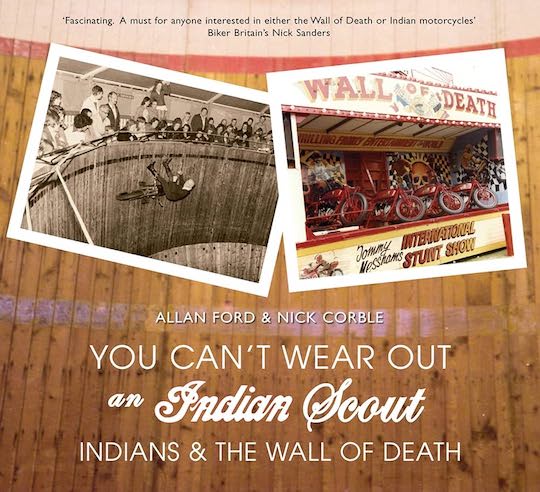
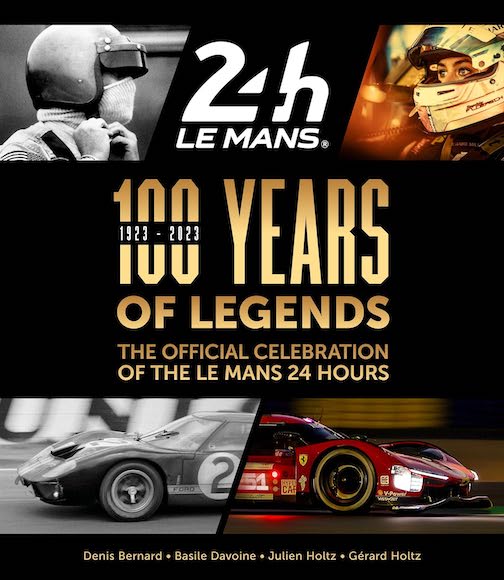
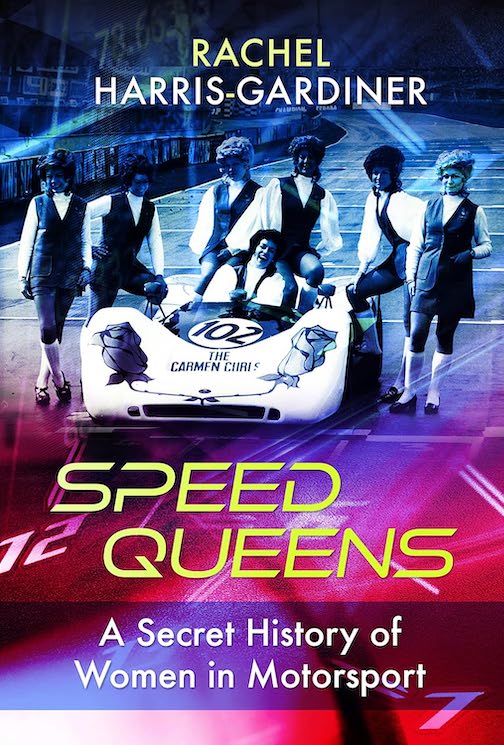
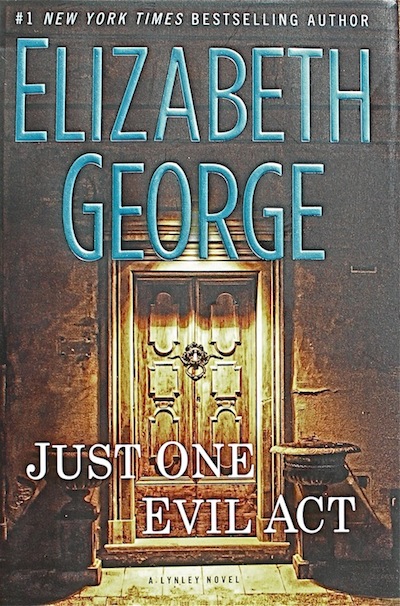
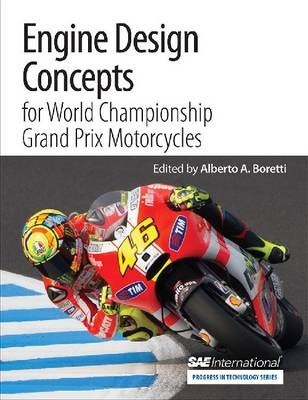

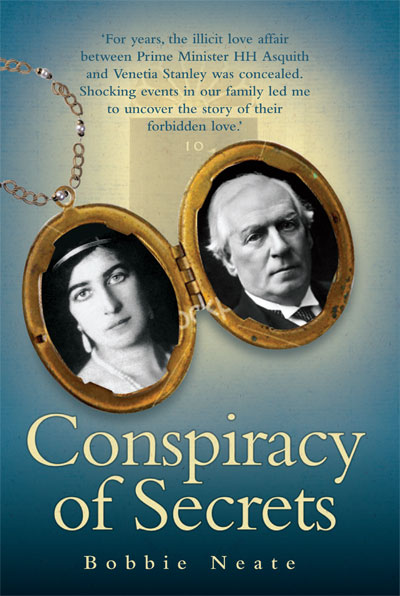

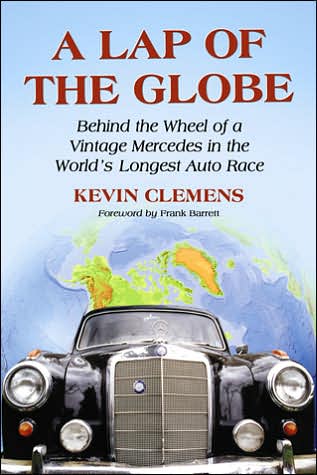
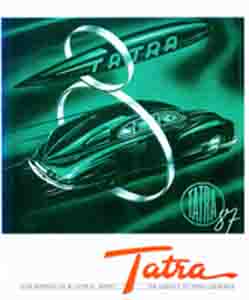
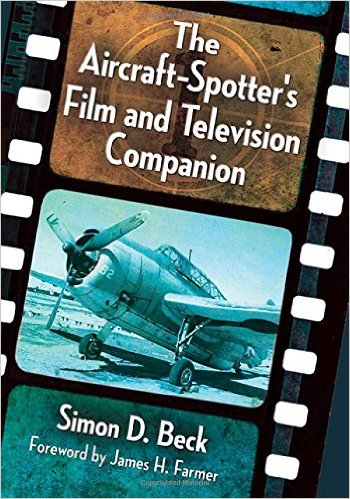



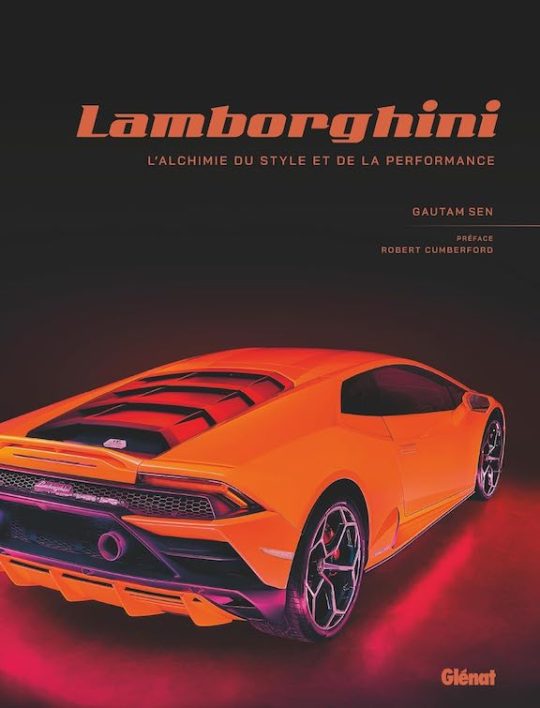
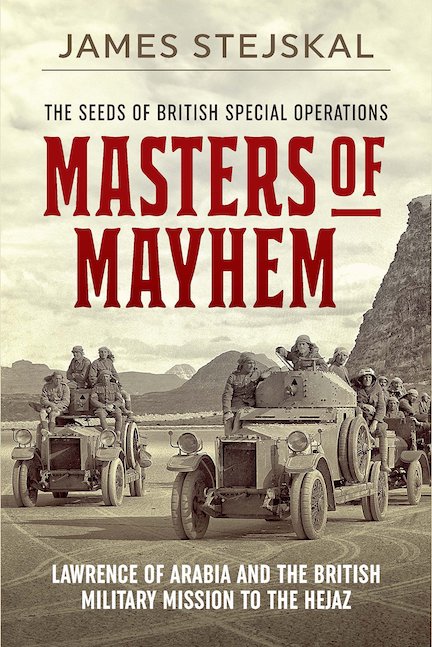
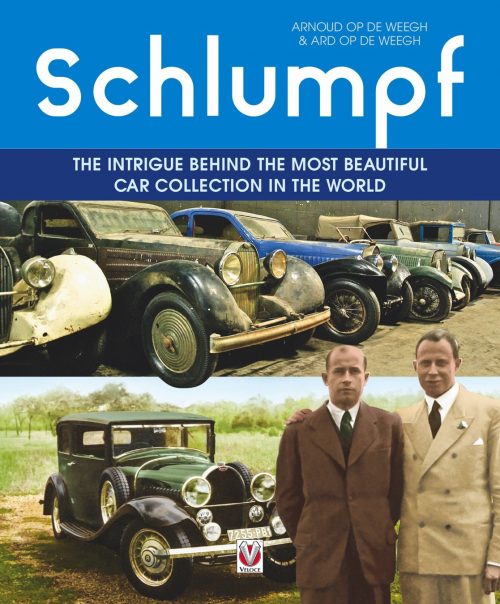
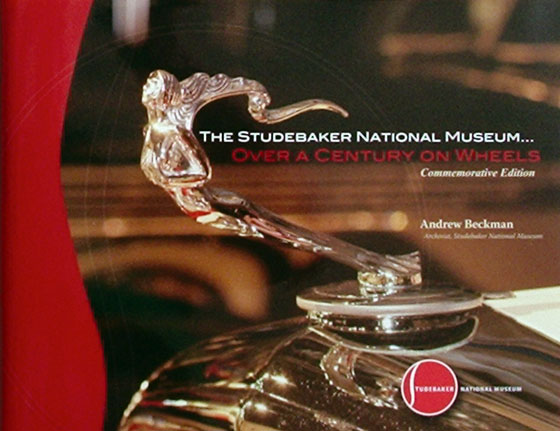
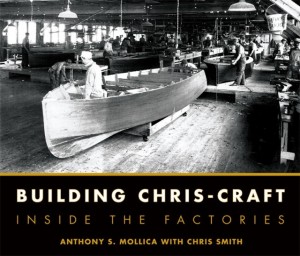

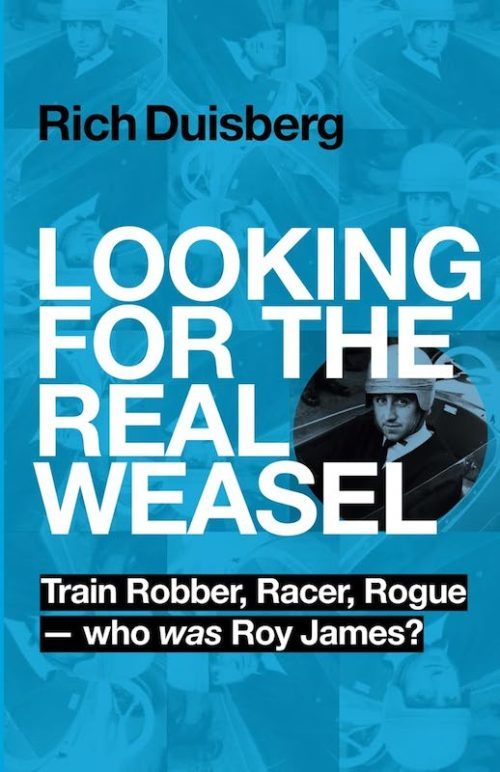
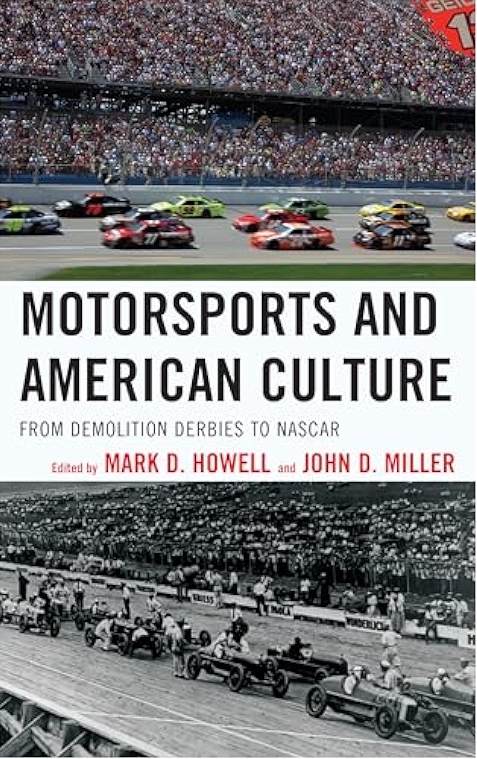
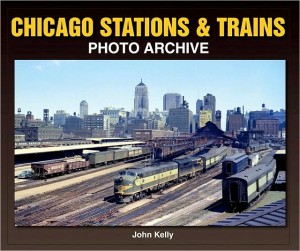
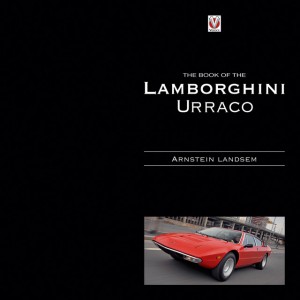
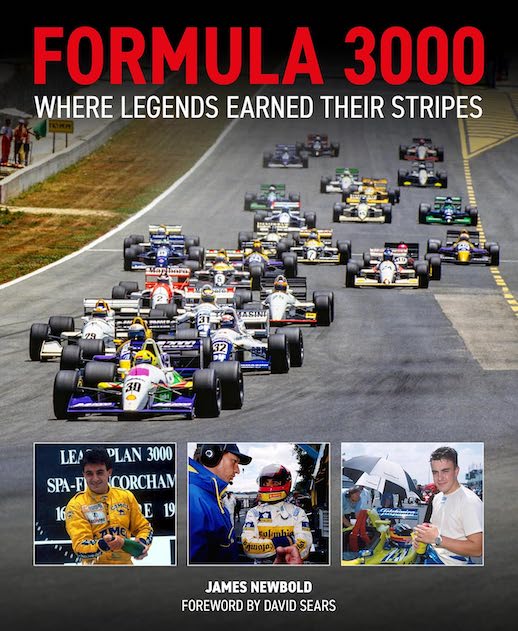
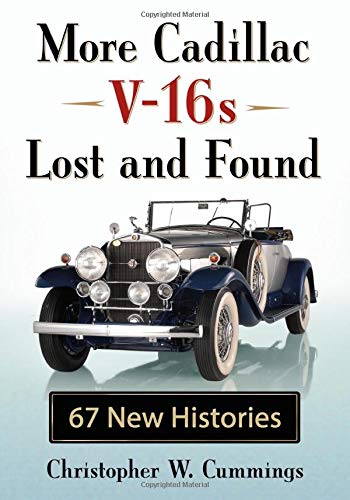
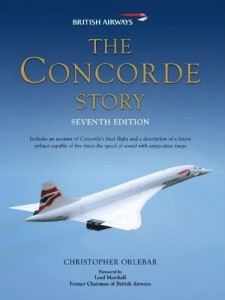

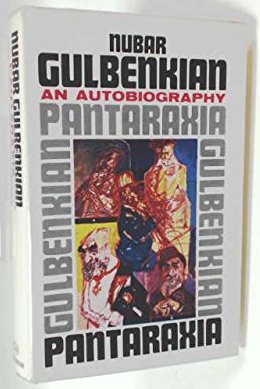
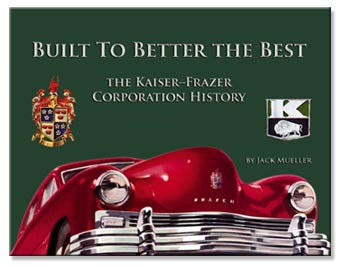
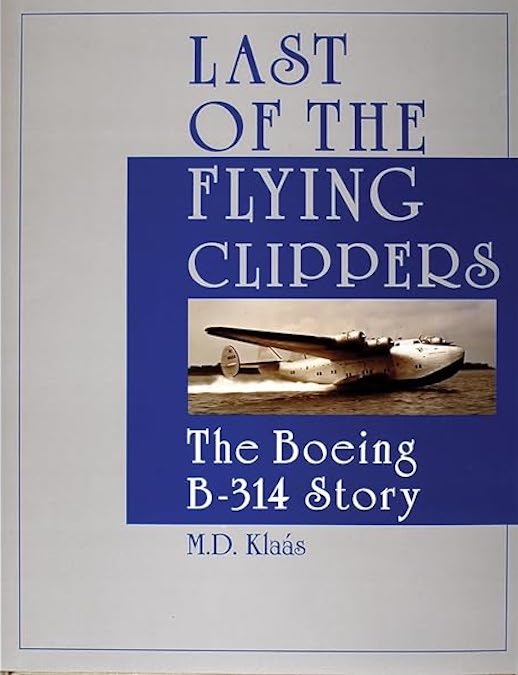
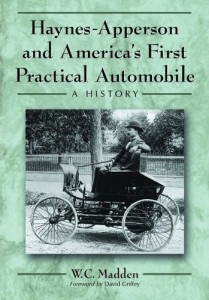
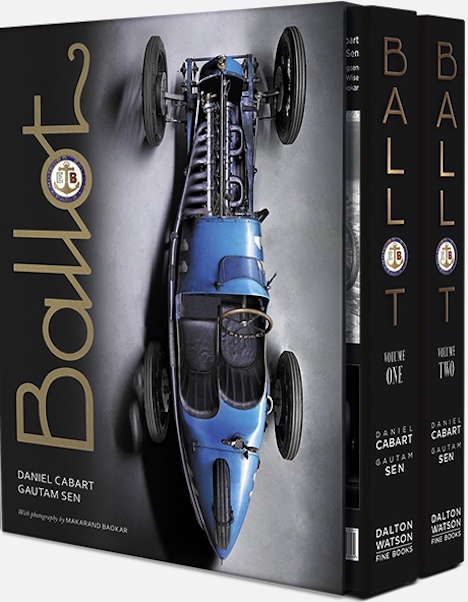
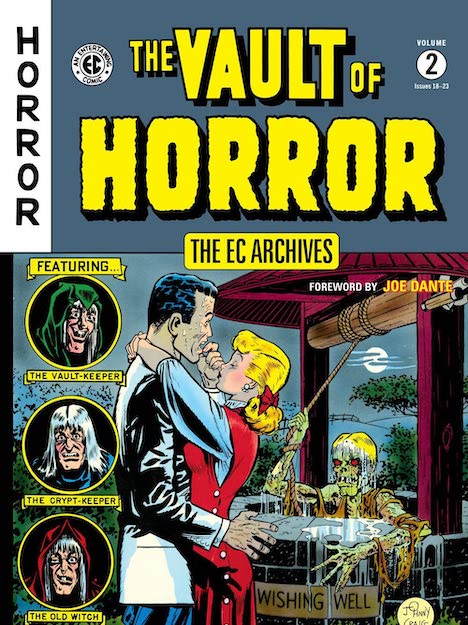

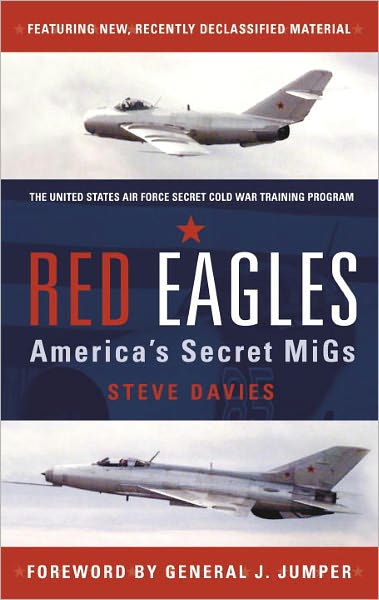
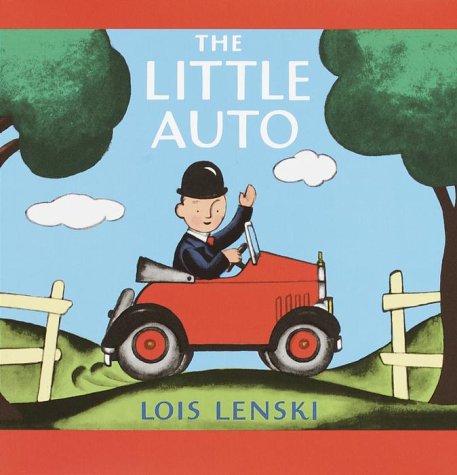
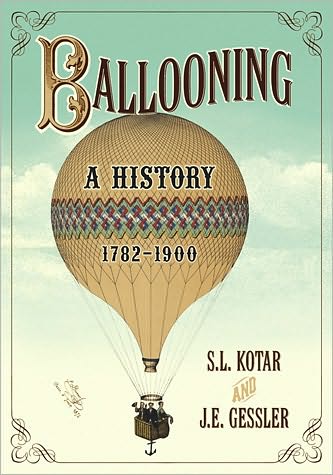
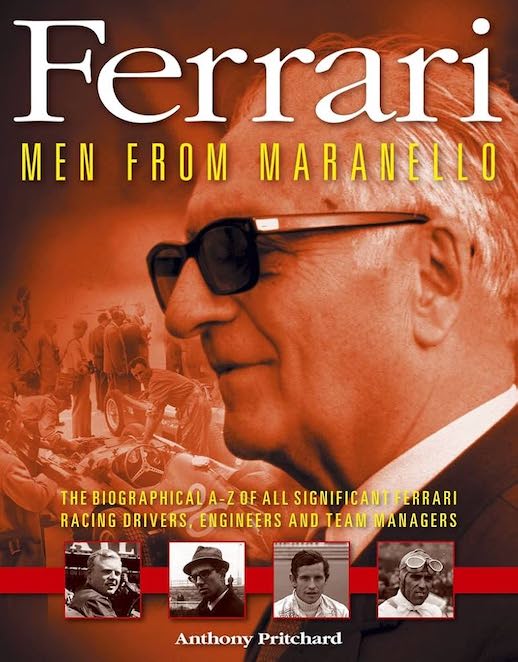
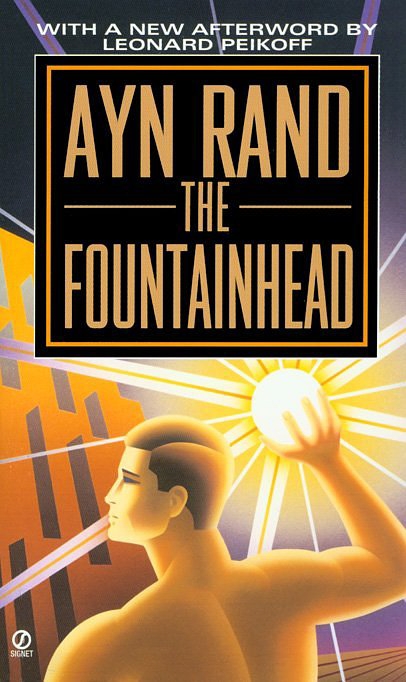
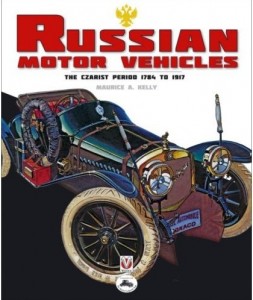

 Phone / Mail / Email
Phone / Mail / Email RSS Feed
RSS Feed Facebook
Facebook Twitter
Twitter
In full agreement with the review. I too would have thought Tony Dean might have been included but this does not spoil a fascinating book. I have been following motor sport for 60 years and there is a great deal that is new to me. Looking forward to the author’s next publication
Absolutely agree with this review. I am halfway through and loving every minute of it. I would have added Tommy Constantine to the list but he can do that in the 2nd edition!